Medical expert of the article
New publications
Preparations
Ointments for pink shingles
Last reviewed: 04.07.2025

All iLive content is medically reviewed or fact checked to ensure as much factual accuracy as possible.
We have strict sourcing guidelines and only link to reputable media sites, academic research institutions and, whenever possible, medically peer reviewed studies. Note that the numbers in parentheses ([1], [2], etc.) are clickable links to these studies.
If you feel that any of our content is inaccurate, out-of-date, or otherwise questionable, please select it and press Ctrl + Enter.
Pityriasis rosea (pityriasis rosea, Gibert's lichen) is a common skin disease, characterized by multiple pale pink scaly patches up to one centimeter in diameter and a parent plaque.
The causative agent of the disease is not determined. Presumably, it is the herpes virus type 6 or 7, infectious-allergic genesis is possible. Pink lichen has a seasonal nature (spring-autumn) and often affects people against the background of viral diseases, in which the protective functions of the immune system are weakened. Children and adults under 40 are more prone to the manifestation of pink pityriasis. In women, manifestations of pink lichen occur more often than in men. The duration of the disease is from 1 to 6 months. In order to avoid the addition of pathogenic flora to the process during the treatment of pink lichen, antibacterial therapy is often used and ointments, creams, emulsions containing broad-spectrum antibacterial drugs are used.
In all cases where you suspect the occurrence of lichen gibertii, you should consult a dermatologist.
In case of prolonged and severe course of the disease, patients are prescribed an ointment with corticosteroid hormones. To eliminate allergic manifestations in pink pityriasis, it is recommended to prescribe antihistamines, which are taken in the form of tablets or drops.
Dosing and administration
The most commonly used agents during the treatment of pityriasis rosea are:
Oletetrin ointment. The drug is used in the treatment of dermatological infections of various genesis, and is also the main drug in the treatment of lichen Gibert. The broad-spectrum antibacterial drug oletetrin (oleandomycin + tetracycline) has a positive effect in eliminating and preventing the addition of additional bacterial flora to flaky spots.
During use, as a side effect, urticaria is possible. The main contraindications to the use of oletetrin ointment are: the gestation period and the age of children under 8 years. The therapy cycle lasts no more than 14 days.
Acyclovir. Antiviral agent. It is applied externally. It is sold in pharmacies without a prescription. It is used in the treatment of most infectious dermatological pathologies of presumably viral etiology.
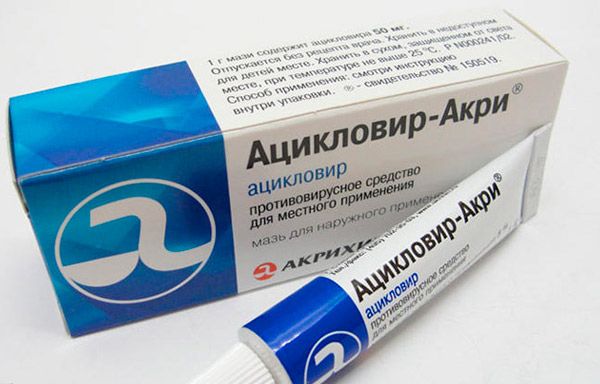
Contraindication is hypersensitivity to the active ingredients of the drug. It is necessary to treat the affected areas of the skin with acyclovir 5 times a day. The therapy cycle lasts from 7 to 14 days.
Hydrocortisone ointment. The active ingredient is glucocorticoid hormones. It has anti-edematous and anti-exudative properties. Reduces inflammation and itching. Apply to areas affected by pink lichen twice a day. The duration of treatment should not exceed 14 days.
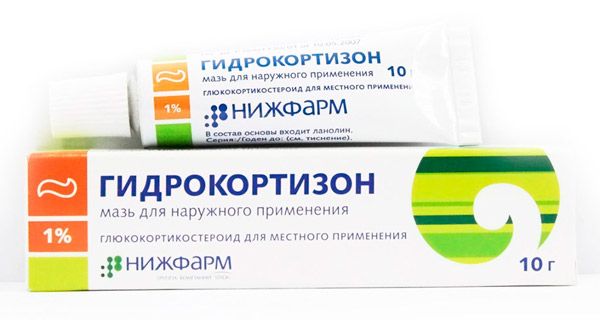
Sinalar. The ointment has antiphlogistic, antiexudative and antiallergic properties. It is necessary to apply to the areas of the skin affected by lichen Gibert 2 or 3 times a day. The duration of therapy is determined by the doctor depending on the severity of the disease.
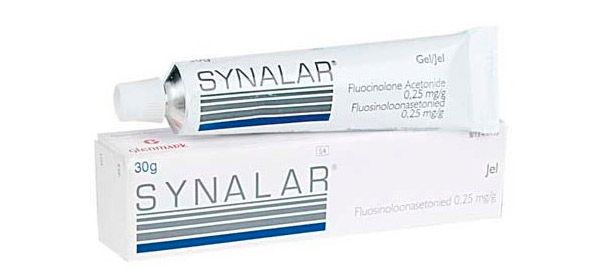
Prednisolone ointment. The main active ingredient is glucocorticosteroid hormones. It has antiphlogistic and wound-healing properties. The drug is used to treat pink pityriasis spots twice or three times a day. The therapy cycle is no more than 14 days.
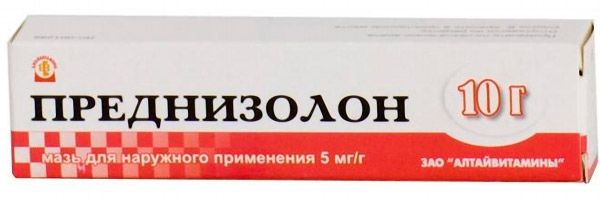
Lorinden A ointment. Synergetic drug. It contains glucocorticosteroids and phenolic acid. It has antiphlogistic, anti-edematous, anti-allergic effects. Lorinden A significantly reduces the manifestations of erythroderma. At the initial stage of treatment, the ointment is applied to the affected areas of the skin twice or three times a day. As the size and number of plaques decrease, the frequency of treatment is reduced to once or twice a day. The maximum duration of therapy is 14 days.
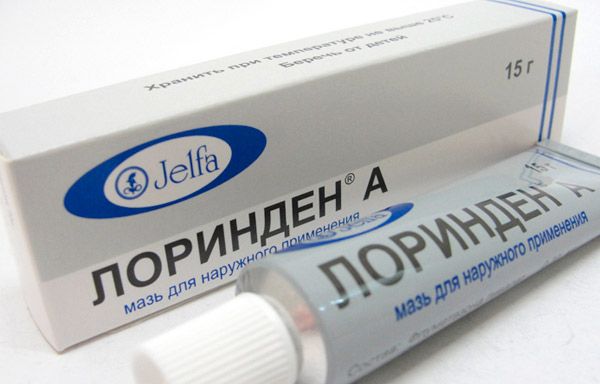
Flucinar ointment. The main active ingredient is glucocorticoid hormones. Eliminates manifestations of erythroderma on the surface of the skin covered with lichen plaques. The ointment has antiphlogistic and antipruritic effects. Apply to areas of skin affected by pink lichen twice a day for no more than 14 days.
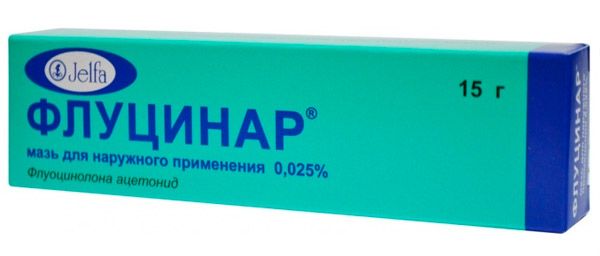
Lassar paste. The active ingredients are phenolic acid and zinc. Combined antiseptic. The ointment has an antibacterial, antiphlogistic and drying effect. Discolors plaques of pink lichen, which makes the skin color more even. Apply the drug once or twice a day. Lassar paste can be combined with hormonal therapy.
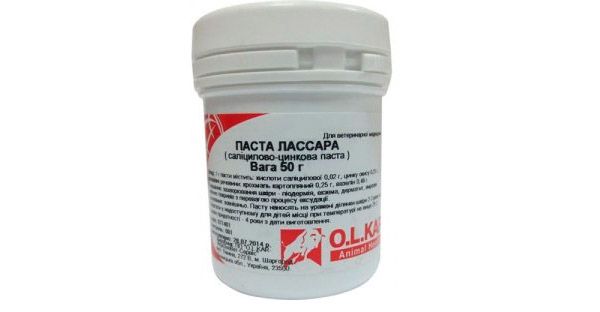
Cindol. It is a suspension (chatterbox) the active substance of which is zinc, which has a bactericidal property and a drying effect. Cindol has antiphlogistic, antiallergic and antibacterial effects. The suspension is applied to lichen plaques 2-3 times a day.
Riodoxol ointment. A combined drug with antiphlogistic and antibacterial properties. The ointment is applied to areas of skin affected by pink lichen, 1 to 3 times a day. The duration of treatment is from 7 to 21 days.
Zinc ointment
Refers to dermatoprotective agents. Zinc ointment has softening and protective effects, antiphlogistic, antiexudative and drying effects.
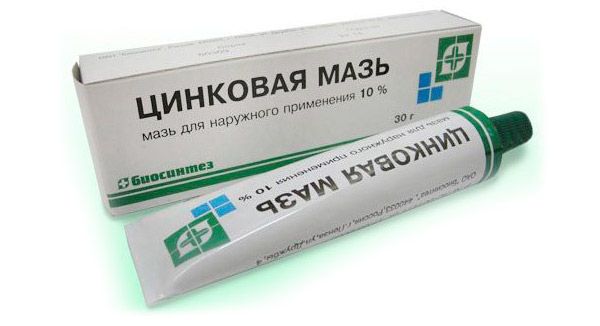
The active substance is zinc oxide; the auxiliary substance is soft white paraffin or petroleum jelly.
10% zinc ointment is available in jars and tubes.
Pharmacodynamics. The presence of zinc oxide determines the protective and drying properties of the preparation. The synergism of the active component and the vaseline component creates a physical barrier that forms a protective insulation on the skin, reducing the effect of irritants and preventing new rashes in the affected area.
Indications for use are the following dermatological diseases: pink lichen, eczema, pyoderma, dermatitis, diaper rash, bedsores, prickly heat.
Unguentum Zinci is used externally only. Apply a thin layer, twice or three times a day to clean skin. Depending on the dynamics of therapy and the nature of the disease, the duration of the treatment cycle with zinc ointment is determined by the doctor individually.
The drug is well tolerated. Overdose with excessive use has not been detected. A side effect that occurs with prolonged use is irritation of the upper layer of the epidermis. In case of hypersensitivity to the drug Unguentum Zinci, allergic reactions are possible in the form of itching, burning, redness, rash in the area of application of the ointment. All negative consequences of using the drug disappear after stopping use. Avoid getting the ointment in your eyes. It is prohibited to apply the drug to open infected wound surfaces.
Zinc ointment is contraindicated in acute exudative lesions of various layers of the epidermis, as well as in cases of increased sensitivity of the patient's body to the ingredients of the drug.
Interaction with other drugs and alcohol has not been studied. There is no data on the effect of Unguentum Zinci on the pharmacokinetic and pharmacodynamic characteristics of other drugs and components of medical preparations.
Storage conditions: in a place protected from direct sunlight at an air temperature not exceeding 15 ° C. Keep out of reach of children.
Interaction with other drugs - not identified.
Shelf life - 70 months. It is not recommended to use zinc ointment after the expiration date. The manufacturing date and expiration date are indicated on the packaging.
Sulfur ointment
Eliminates inflammation and has an antiexudative effect. The pharmacopoeial ointment can be safely used in children under two months, as well as in women during pregnancy or lactation, that is, in such groups of patients for whom potent drugs are contraindicated.
The distinctive feature of "Sulfur Ointment" is that its use does not cause dry skin. This happens extremely rarely. Unguentum sulfuratum is almost completely safe.
The main side effects may manifest themselves in the form of allergic reactions - rash and itching in the area of application. Contraindication to the use of the drug is increased sensitivity to its ingredients.
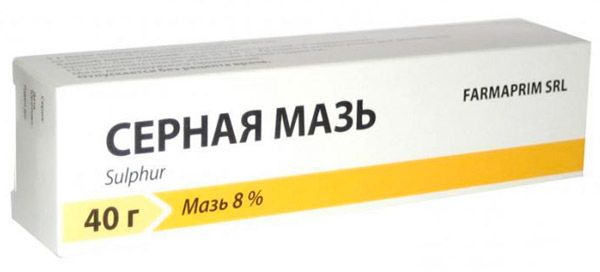
Sulfur ointment is approved for the treatment of pink lichen in women during gestation. The use of the drug is allowed after a doctor's prescription. The use of the ointment also has a negative side: the drug has a specific smell and can stain bed linen and underwear. During therapy, it is better to use used clothes and worn bed linen.
Directions for use: Treat the affected areas, excluding the scalp, 2-3 times a day until the lichen plaques disappear completely.
Pharmacokinetics. When applied to the skin, the ingredients of sulfur ointment react with substances of organic origin, forming various sulfides that have antimicrobial and antiphlogistic effects. Thanks to sulfides, which have a wound-healing effect, regeneration and restoration of the integrity of damaged skin areas are stimulated.
The ointment is available in dark glass jars of 25 g or in tubes of 40 g, with the percentage content of the active substance being 10% and 33.3%.
Store in a standard way - out of reach of children, in a dark and cool place (15 o C), in the original packaging. Do not freeze.
Shelf life is 24 months. It is not recommended to use after the expiration date. The production date and expiration date are indicated on the factory packaging.
Ointment for pink lichen in children
To treat pink pityriasis in children, ointments with glucocorticoids are often used: fluorocort, flucinar, gioxizone. Before using various medications, a consultation with a pediatrician or pediatric dermatologist is necessary. The doctor will be able to assess the severity of the disease and prescribe adequate therapy. With an uncomplicated course of pink lichen, specific treatment may not be needed. To prevent the disease, it is necessary to constantly strengthen the child's immunity and observe the rules of personal hygiene. Hardening, physical exercise, walks in the fresh air will be useful. A complete, correct and timely diet is necessary.
Use of pink shingles ointment during pregnancy
When the first signs of the disease are detected, it is necessary to immediately consult a dermatologist. The methods, methods and means of therapy are selected by a specialist depending on the type of course and the degree of neglect of the process. To relieve irritation and itching, antihistamines permitted during the gestation period are prescribed. If there is no threat to the life and health of the unborn child, it is recommended:
Prescribing vitamins, vitamin complexes and using antiphlogistic ointments; the best medicine in this case will be walks in the fresh air, a good mood, positive emotions and proper nutrition.
Effective ointment for pink lichen
With pink lichen, you can use quite a few ointment forms of drugs distributed in pharmacy chains. Medicines that have the ability to block the release of histamine are effective. After all, with Gibert's lichen, it is histamine that causes itching.
During the treatment of this disease, suspensions, ointments, gels, and creams are used, the active ingredients of which are corticosteroid hormones (hydrocortisone and prednisolone).
In advanced forms of pink lichen, antibacterial agents are used to prevent the addition of a bacterial infection.
In addition, oral administration of antihistamines is prescribed in the treatment of pityriasis rosea:
- "Suprastin"
- "Claritin"
- "Loratadine"
- "Zodak",
- "Erius".
In addition, dermatologists recommend patients immunostimulants and vitamin complexes that allow the body to fight infections more effectively.
 [ 9 ]
[ 9 ]
Attention!
To simplify the perception of information, this instruction for use of the drug "Ointments for pink shingles" translated and presented in a special form on the basis of the official instructions for medical use of the drug. Before use read the annotation that came directly to medicines.
Description provided for informational purposes and is not a guide to self-healing. The need for this drug, the purpose of the treatment regimen, methods and dose of the drug is determined solely by the attending physician. Self-medication is dangerous for your health.

